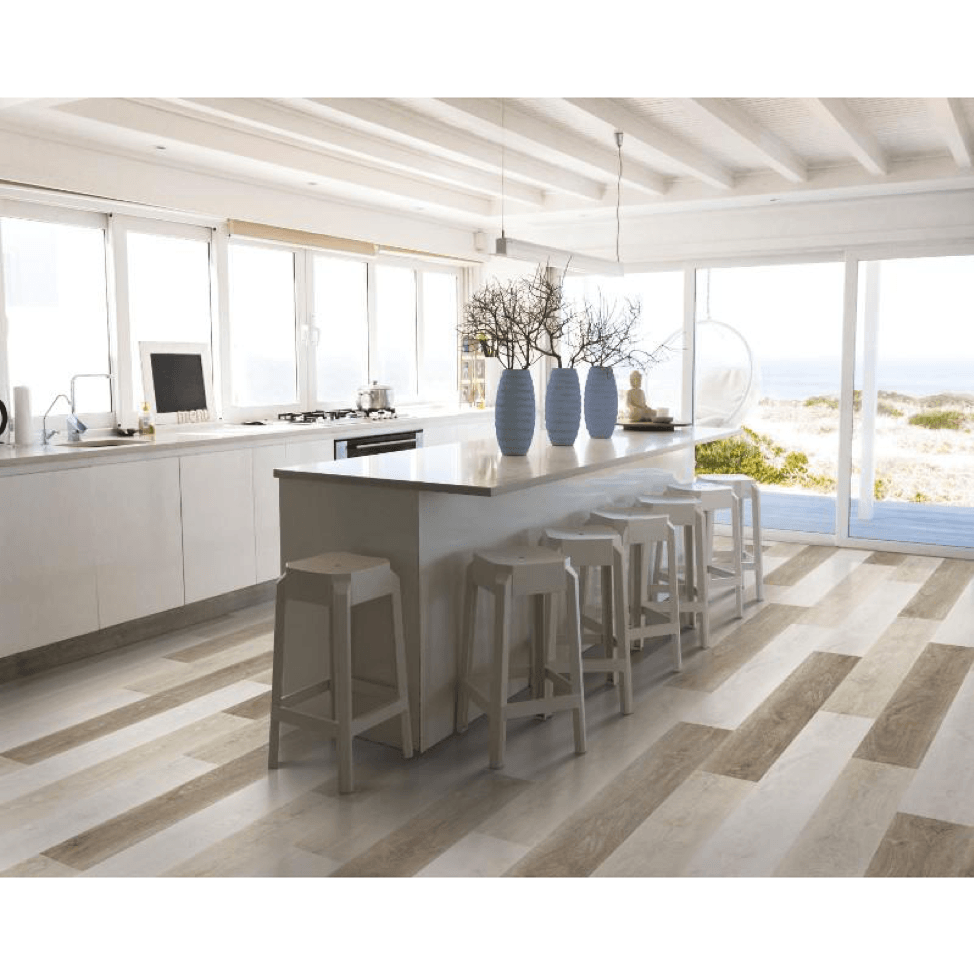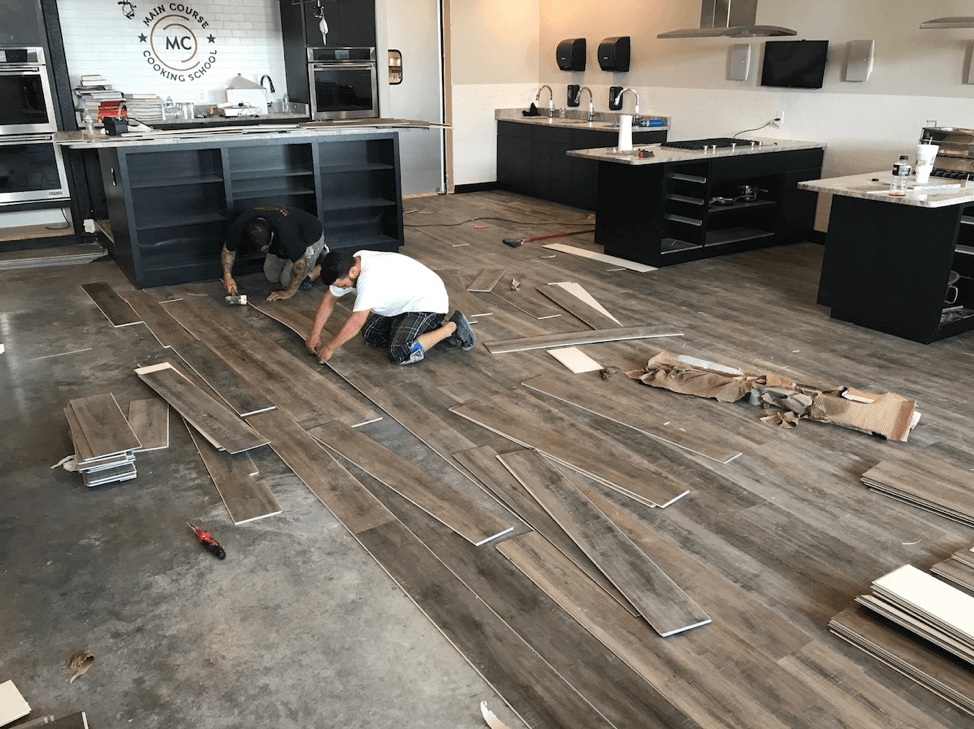Top 4 Tips to Minimize and Prevent Hurricane Damage to your Home
With Hurricane Florence still underway, the busier-than-usual 2018 hurricane season is officially upon us. If you were fortunate enough to be unaffected this time, you may be wondering what the future has in store.
Luckily, you don’t simply have to wait and wonder. You can take actionable steps now toward preparing your home for the worst. There are many ways in which you can prepare your home for hurricane season, and we’ve gathered together some of the more important tips we’ve gathered over the years living on the Southern tip of Florida.

- Tighten the lid & secure your roof
Your home’s roof is its lid – underneath is the largest potential opening on your house, which is the last place you want to expose to wind and water.
If you’re re-roofing, it would be wise to invest a little extra in sealant for the roof deck, whether that be waterproof tape to place over the seams or full coverage with a waterproof membrane. Here in Florida, as in a few other states, we’re required to have our roofs attached to the walls of our homes with metal straps. In other places, roofs simply sit on top of homes, held down by gravity alone.
For existing roofs, ensure that all shingles and tiles are securely in place, with none cracked, damaged or missing.
- Batten down the hatches & seal windows and doors
The next most vulnerable part of your home are the smaller openings – windows and doorways. Some simple protection can prevent breaching, and in some cases earn you a lower insurance premium. Check with your provider to see what measure you can take to lower your payments.
Some common ways to secure windows include:
- Clear plastic hurricane film: This is a non-intrusive way to hold your glass panel in place even if it shatters, and is extremely affordable. The downside? It’s not the sturdiest option.
- Plywood or other panels: This option is also inexpensive, and very effective at keeping your window in place. While you run the risk of blocking out all exterior light in the event of a power outage, you have options – panels can be made from various types of metal, fabric, or other composites. Just be sure to drill holes in advance so you can screw them in quickly!
- Storm shutters: Permanent shutters are your best option – they’re more attractive and can be used year-round, and can let in some light if needed. However, this is your most expensive option, so be ready to invest.
In addition to outer window coverings, invest in some high-impact glass if you’re able. These panes look and act like standard windows, with the benefit of being impact-resistant.
Secure your doors in the same way as you would windows – brace all glass panes, and make sure that they’re securely attached. 3 hinges are better than two, and no screws should be loose or missing.

3. Minimize flood damage with waterproof flooring
Flooding is the most common natural disaster, and can have one of the largest impacts on your property. As much as you do to secure roofs, windows and doors, you may be unable to prevent water from penetrating the interior your home – especially if you’re dealing with a high storm surge.
With that in mind, the best you can hope for is minimal damage to your home’s interior. One key consideration is your flooring – this is where water will sit and get absorbed, saturating past the surface and causing irreversible swelling, mildew and more.
You can minimize this damage with 100% waterproof flooring. A few such products are Mohawk’s SolidTech high performance flooring, Mohawk Revwood+ and COREtec by USFloors. These floors are each waterproof, stainproof, and come in a variety of detailed and realistic wood-look, stone and ceramic tile designs.
Mohawk was able to demonstrate how well SolidTech holds up against real hurricane waters during the unfortunate events of Hurricane Harvey in 2017. A Cooking School in Houston with SolidTech in its kitchen was flooded. However, after the storm the planks were removed, the subfloor underneath was cleaned, and the floor was able to be reinstalled, damage-free.
Taking the steps to invest in a waterproof floor today can save you a fortune on repairs in the future.

4. Declutter your outdoor spaces
Once you’ve done all you can to secure the interior and exterior of your home, you shouldn’t forget your yard!
If you’re aware in advance that a heavy storm is approaching, store or tie down any loose objects. This can include, but is certainly not limited to, any of the following:
- Lawn furniture
- Potted plants
- Children’s toys
- Doghouses
- Grills & BBQs
- Bicycles
Any of these can easily be picked up and tossed around by wind, creating deadly airborne missiles that can crash through windows and walls and create openings for water.
The same goes for loose tree branches – keep your trees well-trimmed. Clear any dead sections or broken limbs that could come loose and go flying. If needed, you may want to hire a tree removal service to ensure the job is done thoroughly. Finally, it’s a good idea to clear your gutters of any debris.
As much as you prepare your home, don’t forget to take care of yourself and your family. It may be wise to evacuate once you’ve done all you can to secure your property, and travel to an area more inland until the worst of the storm has passed.
Stay safe this hurricane season! – The Dolphin Carpet & Tile Family


